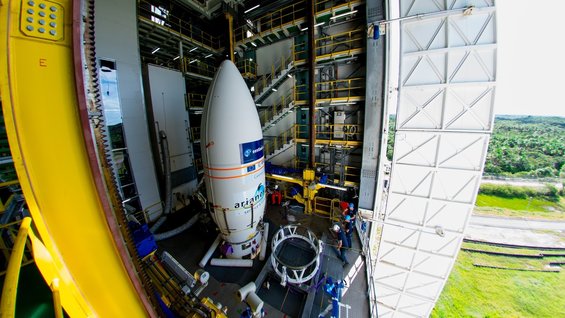
Pluto, we love you too!
With two days left, things are getting very real. If you are not sure what I am so excited about, it is New Horizon’s Pluto flyby on July 14th. (Still not sure what, feel free to read this earlier post when the satellite was woken up from a long sleep)
As the satellite keeps sending beautiful pictures back to Earth, the heart shape on Pluto was revealed. It is almost like, the mysterious planet is expressing its love and awaiting the visit. This picture taken a mere five million miles from the planet was released earlier this week.
Knock, Knock!
Who is there?
New Horizon
New whohoho!?

Sputnik Planum, the bright icy region that forms the western half of Pluto’s heart, sits in an ancient impact basin. (NASA/APL/SwRI)
The enigma of Pluto’s heart-shaped Tombaugh Regio, specifically its western section Sputnik Planitia, has potentially been unraveled by researchers who suggest it was formed through the oblique, slow-speed impact of a large celestial body. This groundbreaking understanding not only redefines our comprehension of planetary surface formations but also highlights the unique conditions of the outer solar system where such celestial dynamics unfold.
A little cheesy for scientific world, but hey, who doesn’t like to look at a random heart and that too in a different world!?
Keep tuned for more posts in the upcoming days!
Read more.
Did you like this post about Pluto? Read more and subscribe to our monthly newsletter!







